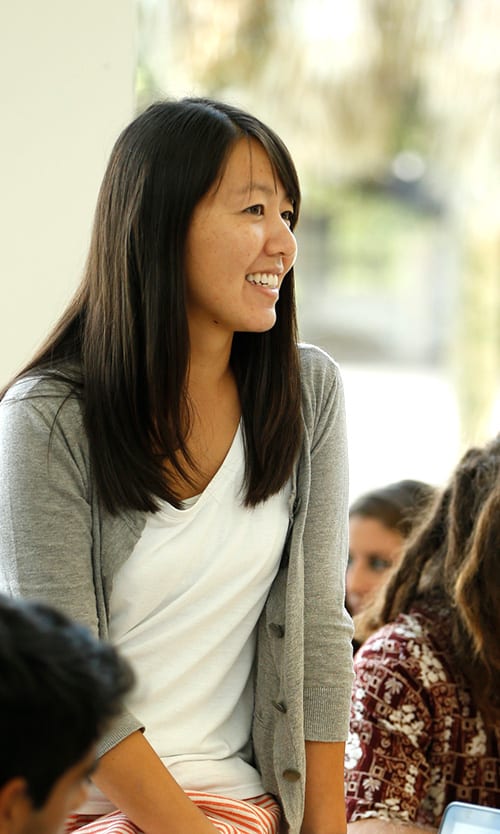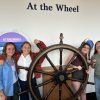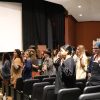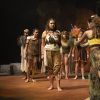Two upgraded study rooms, a new book scanner and improved access to the three librarian offices off the Information Technology Services (ITS) hallway are all coming to Armacost Library this school year courtesy of a $20,000 grant from the Presbyterian Mission Agency of the Presbyterian Church USA.
The Wolf-Schick Maintenance Grant is usually designated for Warren Wilson and Westminster (Utah) colleges, but when they don’t apply, all schools with Presbyterian affiliation get a shot at the funds. “It was actually a pretty quick turnaround because the dean of faculty [Suzan Harrison] brought it to us in June, and we were able to submit by the end of the month,” said Nancy Schuler, an assistant professor and electronic services, collection development and instructional services librarian at Eckerd College. “We found out we were awarded in the last week of August, so it’s pretty exciting.”
Laura Bryan, coordinator for financial aid at the Presbyterian Mission Agency, said that judges selected Eckerd’s application because of the smaller scale of the project and its intent. “Some of the other schools applied for funding for large capital projects, and $20,000 would not help them complete that work,” Bryan said. “[Eckerd’s project] was focused, and it was selected because it would have the most immediate impact on students’ lives.”
Librarians will use the money to purchase two new HDTVs and computers to place in two of the library’s 17 study rooms. Currently, one room (No. 117) has a large HDTV that was donated to the College, and it has become the most popular study room in the library. “It’s a space that allows students to do group projects and practice presentations just as they would in the real world in work settings,” Schuler explained. “Hopefully, this space will help them prepare for that reality.”
Wolf-Schick Grant funds also will be used to purchase a second KIC Scanner—a high-quality digital scanner often used to copy books and other difficult-to-scan materials—and to move an access door that currently prevents students from reaching librarians without swipe-card access.
“We share this hallway with ITS, and they have the equipment they need to protect,” Schuler said. Moving the locked door to the portion of the hallway beyond the librarians’ offices “will remove barriers for students who may need research help but are too shy to go and ask another student at the circulation desk to come and get a librarian.” Improved access may increase interaction and, ultimately, strengthen student research results.
All of these projects will increase the functionality of the library and make areas more desirable and accessible for students in need of resources.
“Most of what we care about is providing students spaces of solace. We consider the library a third space—beyond the dorm rooms and classrooms—that students can use for school or personal enjoyment,” Schuler said. “Having technology in these spaces contributes to them wanting to be here.”

Nancy Schuler chats with students in the library.













